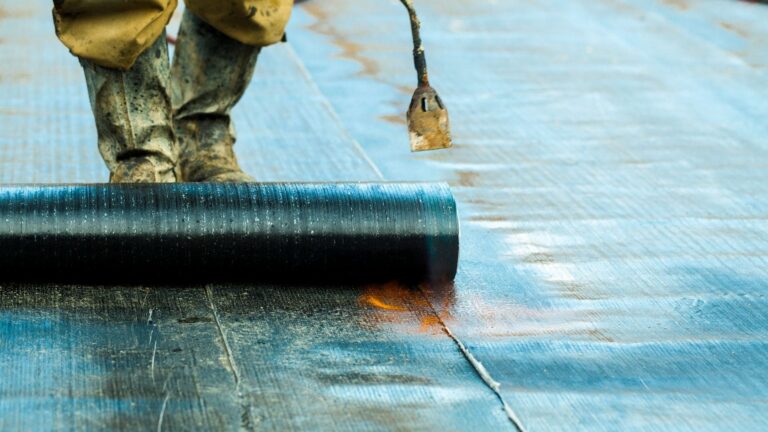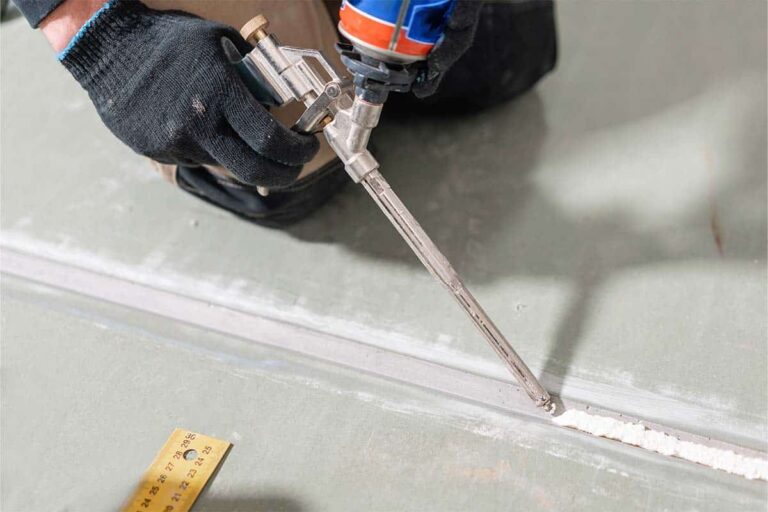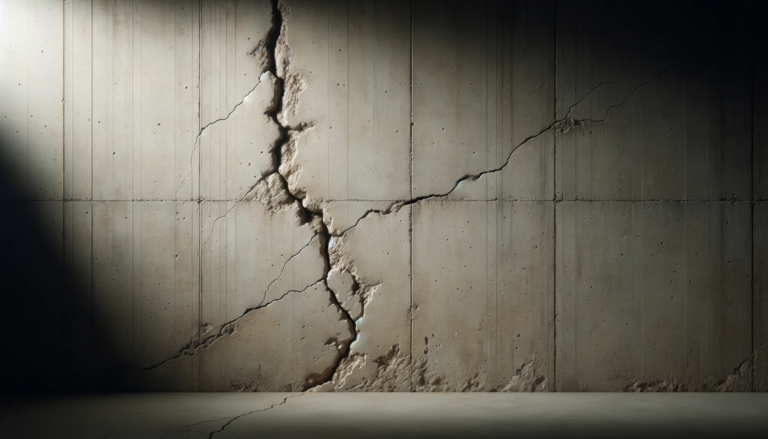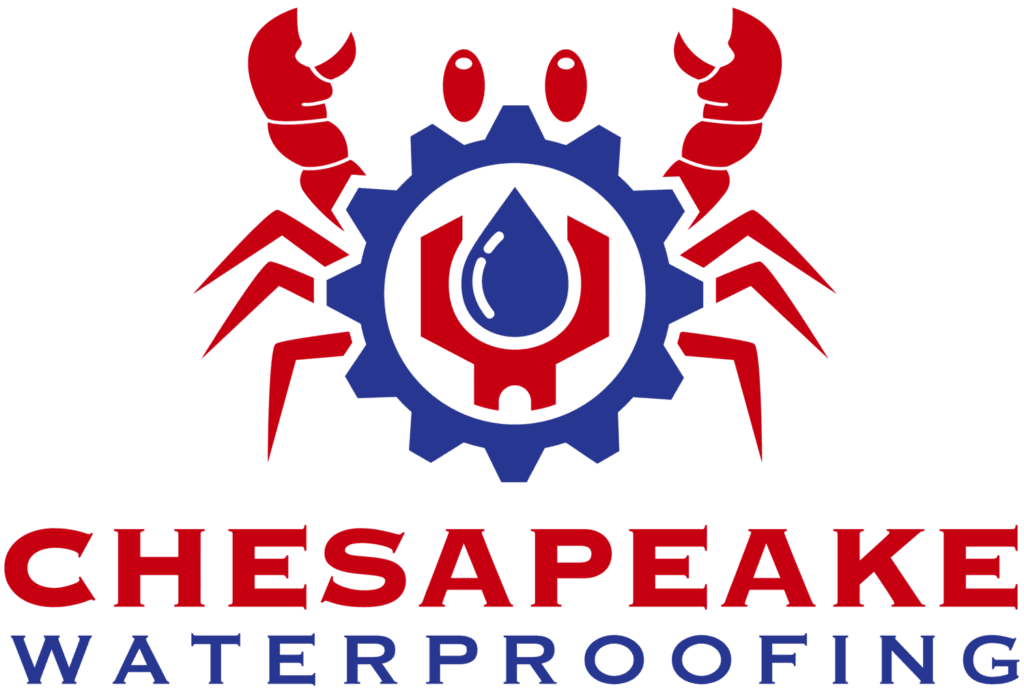A basement, while a valuable space, can be susceptible to leaks that demand your attention. These leaks not only compromise the integrity of your basement but can also lead to broader issues if left unchecked. Let’s delve into the most common types of basement leaks and explore effective basement waterproofing solutions to maintain a dry and secure foundation.
1. Seepage Through Cracks: Unveiling the Underlying Threat
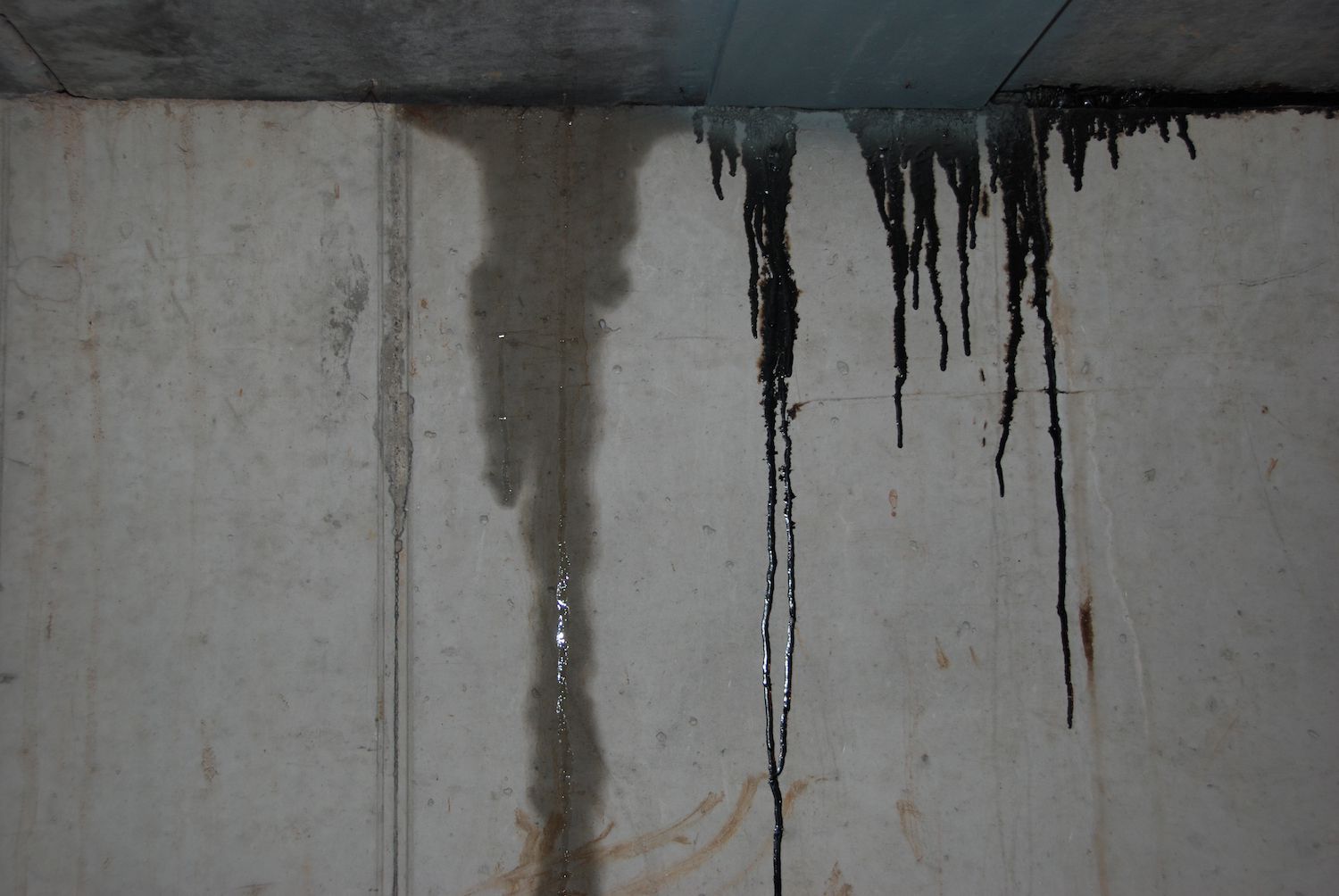
Cracks in your basement’s walls or floor can allow water to infiltrate your space, leading to dampness and potential water damage. These cracks can result from shifting soil, hydrostatic pressure, or structural settling. To tackle this issue:
- Injection Solutions: Professional basement waterproofing experts can inject specialized materials into cracks, sealing them and preventing further water ingress.
- Epoxy Sealants: Epoxy-based sealants can effectively seal cracks, creating a barrier against water infiltration and safeguarding your basement’s structural integrity.
2. Leaking Basement Windows: Defying Unwanted Intrusions
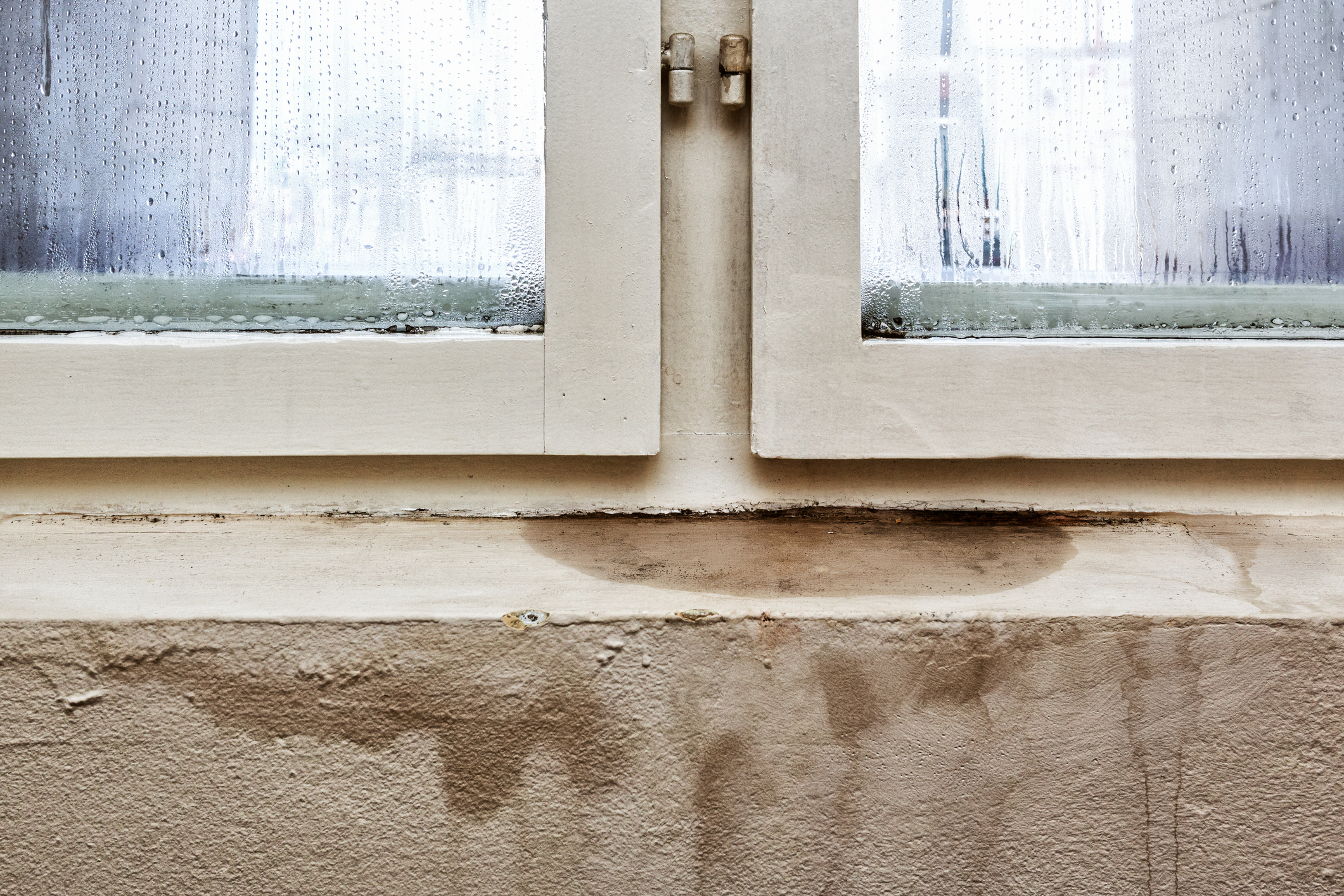
Basement windows can be an unexpected source of leaks. Poorly sealed windows or inadequate drainage can lead to water seeping into your basement. To fortify your defenses:
- Window Well Covers: Installing sturdy, well-fitted covers can shield your windows from rainwater and prevent debris accumulation.
- Proper Sealing: Ensure windows are properly sealed and caulked to prevent water from finding its way indoors.
3. Condensation and Humidity: Tackling Atmospheric Culprits
Excessive humidity and condensation can create an environment ripe for leaks and water damage. Damp walls, peeling paint, and even mold growth can result from these issues. Combat condensation with:
- Dehumidifiers: Installing a basement dehumidifier can help maintain optimal humidity levels, reducing the risk of dampness and mold growth.
- Insulation: Proper insulation on walls and pipes can prevent temperature differentials that lead to condensation.
4. Hydrostatic Pressure: Understanding the Force
Hydrostatic pressure, a common basement woe, arises when water accumulates around your foundation, exerting pressure that can force water through cracks and porous surfaces. Guard against hydrostatic pressure with:
- Interior Drainage Systems: Implement interior drainage solutions like French drains or weeping tiles to redirect water away from your foundation.
- Exterior Waterproofing: Establish an exterior barrier against water intrusion through methods like membrane application or grading adjustments.
5. Leaking Through Floor Cracks: Halting Subterranean Seepage
Floor cracks can also be pathways for water intrusion, particularly if your basement sits below the water table. Combat floor leaks by:
- Interior Drainage Systems: Install interior drainage systems that capture and redirect water to a sump pump, preventing it from spreading across your basement floor.
- Sump Pump Installation: A sump pump can effectively manage water accumulation, preventing it from seeping through floor cracks and causing issues.
Conclusion: Empowering Your Basement with Waterproofing
Basement leaks can undermine your home’s foundation and diminish its value. By understanding the common sources of basement leaks, you’re taking the first step toward effective basement waterproofing. Consulting with our basement waterproofing professionals will provide tailored solutions to safeguard your space! Embrace preventive measures, such as sealing cracks, installing drainage systems, and optimizing humidity levels. Your basement is more than just a storage area—it’s an integral part of your home. Keep it dry, secure, and resilient with proper waterproofing strategies.
For questions, or to schedule your free inspection, please call (410)-881-9090, or email us at info@chesapeakewaterproofing.com
